Comprehensive Guide To Senior Dog Health: Tips For Your Aging Pet’s Wellness

Introduction: Embracing the Golden Years
Do you know the saying, “Every dog has its day”? Well, as your loyal companion enters their golden years, it’s more than just days we’re counting. It’s about cherishing every moment and ensuring their comfort and happiness. Here’s your guide to navigating senior dog health, a vital resource for anyone who holds their furry friend dear. As our buddies age, they require more than just primary care; they need adjustments in their routines, dietary considerations, and more frequent vet visits to maintain their quality of life. This guide is tailored to aid you in providing the best care for your aging pet, ensuring they remain by your side, healthy and content.
As we journey together through this guide, imagine your senior dog’s life as a tapestry rich with experiences woven with care over the years. Each thread represents the love and attention you’ve given, and now, as time adds silver to their coat, it’s essential to consider how their needs evolve. The joys they’ve brought into your life are immeasurable, and thus, understanding their health and wellness becomes a priority. The bond you share is unique, and so is the approach to their care—this guide is here to help you tailor that care, ensuring your senior dog thrives.
Transitioning to the next section is as smooth as your pup’s favorite treat. Understanding the Aging Process in Dogs is key to their ongoing health and wellness. As we move forward, keep in mind that knowledge is as vital as the love you shower upon them. This guide will equip you with the tools to recognize and respond to their changing needs, helping you make the most of the time you have left with your beloved companion. So, let’s step gently into this next chapter, where we’ll delve deeper into what it means to age gracefully, canine style.
Understanding the Aging Process in Dogs
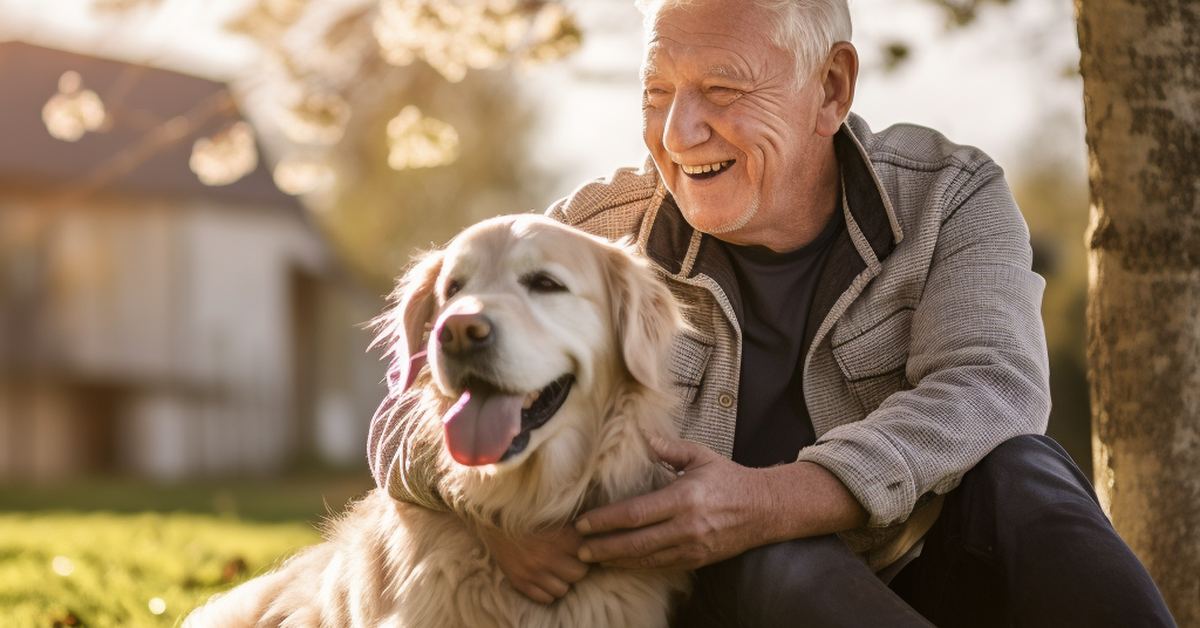
As your furry friend enters their golden years, you might notice subtle changes. It could be a slower pace on walks or a longer time getting comfy. Just like humans, dogs experience shifts in their bodies and behavior as they age. It’s key to know these signs so you can adjust their care and keep them wagging their tails happily into old age.
Recognizing Signs of Aging in Dogs
- Changes in energy levels and mobility: Older dogs often show less enthusiasm for activities they once enjoyed. They might struggle with stairs or be hesitant to jump.
- Variations in weight and appetite: Some senior dogs might gain weight due to reduced activity, while others lose weight because of changing nutritional needs or health issues.
- The onset of age-related health issues: Watch for signs like cloudiness in the eyes, hearing loss, or the need for more frequent bathroom breaks.
The Senior Dog Checkup: What to Expect
Regular vet visits become even more crucial for senior dogs. During these checkups, the vet will conduct thorough assessments to catch any emerging health concerns early.
- Frequency and importance of veterinary visits: A senior dog might need bi-annual checkups instead of just annual ones.
- Common screenings and tests for senior dogs: These might include bloodwork, urinalysis, and checks for heartworm and parasites.
- Interpreting results and making health decisions: Your vet will help you understand the tests and decide on the best care plan.
Creating a Senior-Friendly Home Environment
Making your home more accessible and comfortable can greatly improve your senior dog’s quality of life.
- Adapting living spaces for comfort and safety: This might mean adding ramps or stairs to help them onto furniture or into the car.
- The role of orthopedic beds and accessibility aids: These beds support aging joints, and aids like raised food bowls can make mealtime easier.
- Importance of temperature regulation and quiet resting areas: Older dogs may need warmer spaces and quiet spots away from the hustle and bustle to rest.
To ensure your senior dog stays comfortable and happy, consider some simple home modifications. An orthopedic bed can work wonders for their sleep quality and joint health. Check out this comfy dog bed from our Yappy Life collection, designed with your dog’s wellness in mind.
Next, let’s look at how a nutritious diet can support your senior dog’s health. A well-balanced diet can make a huge difference in managing their weight and keeping their organs functioning optimally. It’s not just about what they eat but also how much and how often. Proper nutrition paves the way for a vibrant, healthy life, even as the years add up.
Nutrition and Diet for Senior Dogs
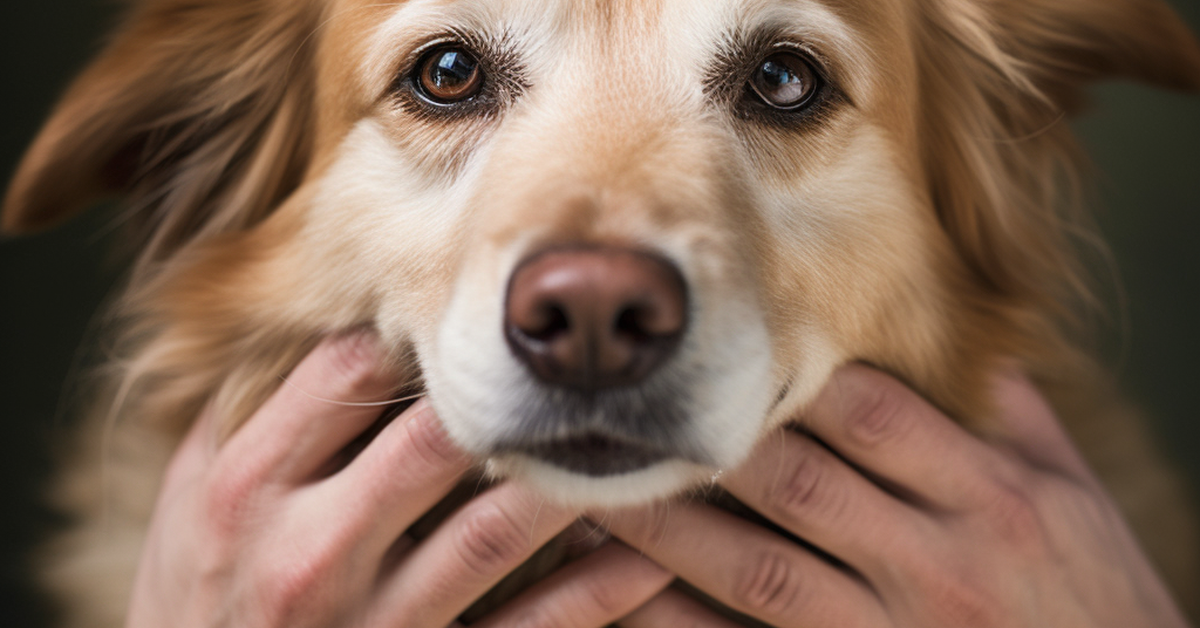
Every dog owner knows that as their furry friend ages, their diet needs change. It’s crucial for your senior dog’s health and wellness to get the right balance of nutrients. Here, you’ll find tips and strategies to help your aging pet stay healthy and happy.
Adjusting Your Dog’s Diet to Their Senior Needs
- Nutritional requirements for older dogs: Senior dogs often need fewer calories but more protein to maintain muscle mass. They also benefit from foods that are easier to digest and have added joint support.
- How to transition to senior-specific dog food: Start by mixing in the new food with their current one, gradually increasing the amount over 7-10 days.
- Reading and understanding dog food labels for seniors: Look for food that has a high-quality protein source as the first ingredient and that specifies it’s formulated for senior dogs.
Supplements and Their Benefits
- Joint-supporting supplements like glucosamine: These can help maintain joint health and mobility, which is vital for an aging dog.
- Omega fatty acids for cognitive function: These nutrients support brain health and can help keep your dog sharp.
- Probiotics for digestive health: Helpful for maintaining a healthy gut, probiotics can prevent digestion issues that are common in older dogs.
Monitoring Weight and Hydration
- Tips for managing weight gain or loss: Regular check-ups with the vet can help catch any issues early. Also, adjusting food portions can keep your pet at a healthy weight.
- Ensuring adequate hydration and its benefits: Always keep fresh water available and monitor your dog’s intake, especially in hot weather.
- Signs of malnutrition or dehydration to watch for: Lethargy, dry mouth, and sunken eyes are clear indicators that your dog needs more nutrients or water.
Table 1: Essential Nutrients for Senior Dogs
| Nutrient | Benefits for Senior Dogs | Food Sources |
|---|---|---|
| High-Quality Protein | Maintains muscle mass | Chicken, Turkey, Fish |
| Glucosamine | Supports joint health | Shellfish, Beef |
| Omega Fatty Acids | Enhances cognitive function | Salmon, Flaxseed |
| Probiotics | Aids in digestion | Yogurt, Probiotic supplements |
When it comes to your dog’s health, always consult your vet to tailor their diet to their specific needs. For more about senior dog care, check out this guide to senior dog care.
As your dog enters their golden years, keeping them comfortable and healthy becomes a priority. The right mix of diet, exercise, and regular vet check-ups can ensure they continue to live a full and ‘yappy’ life. Now, let’s consider another aspect of your senior dog’s well-being. Picture them moving with ease, enjoying walks just like they did in their younger days. That’s where maintaining their mobility comes into play, ensuring they can continue to enjoy their daily strolls and play sessions.
Exercise and Mobility for Aging Canines

As our loyal companions age, their exercise needs shift. It’s essential to tailor their physical activity to their evolving abilities so that they remain spry and healthy. Here are some tips for balancing exercise and rest for your senior dog, including low-impact exercises and how to recognize when your dog has reached its limits.
Tailoring Exercise to Your Senior Dog’s Abilities
- Balancing activity with rest is key. Older dogs still need exercise, but it’s important to avoid overexertion. Short walks and play sessions can keep them active without straining their aging bodies.
- Low-impact exercises like swimming can help maintain mobility while minimizing stress on joints. Gentle walks and simple games can also be part of their routine.
- It’s crucial to recognize and respect your dog’s limits. Watch for signs of fatigue or discomfort and adjust their activity accordingly.
Physical Therapy and Alternative Exercise Options
- Physical therapy can offer immense benefits for senior dogs, helping them retain flexibility and strength.
- Water therapy stands out for its advantages, including reduced pain during exercise due to buoyancy.
- Incorporating gentle stretching and massage can alleviate stiffness and improve circulation.
Mobility Aids and Support for Senior Dogs
- Harnesses and slings can be introduced when your dog needs a little extra help. They provide support without impeding natural movement.
- Ramps and stairs are beneficial for helping your dog access favorite spots without jumping or straining.
| Mobility Aid Type | Use Case | Benefit |
|---|---|---|
| Harness | Supporting during walks | Reduces strain on neck and back |
| Ramp | Access to cars, beds, and furniture | Eases joint stress during climbing |
| Stairs | Indoor navigation | Allows independent movement to elevated areas |
| Sling | Post-surgery or injury recovery | Assists with balance and stability |
Choosing the right mobility aids for your dog involves considering their specific needs and consulting with your vet.
As we consider these aspects of caring for our aging dogs, we prepare to turn our attention towards the preventative measures and treatments that can further enhance their quality of life. By staying proactive, we can ensure our furry friends enjoy their golden years to the fullest.
For more detailed guidance on caring for your senior dog, check out this comprehensive guide, which offers expert advice on everything from diet to daily routines. And remember, every moment spent enriching your senior dog’s life is a testament to the love and bond you share.
Preventative Health Measures and Treatments
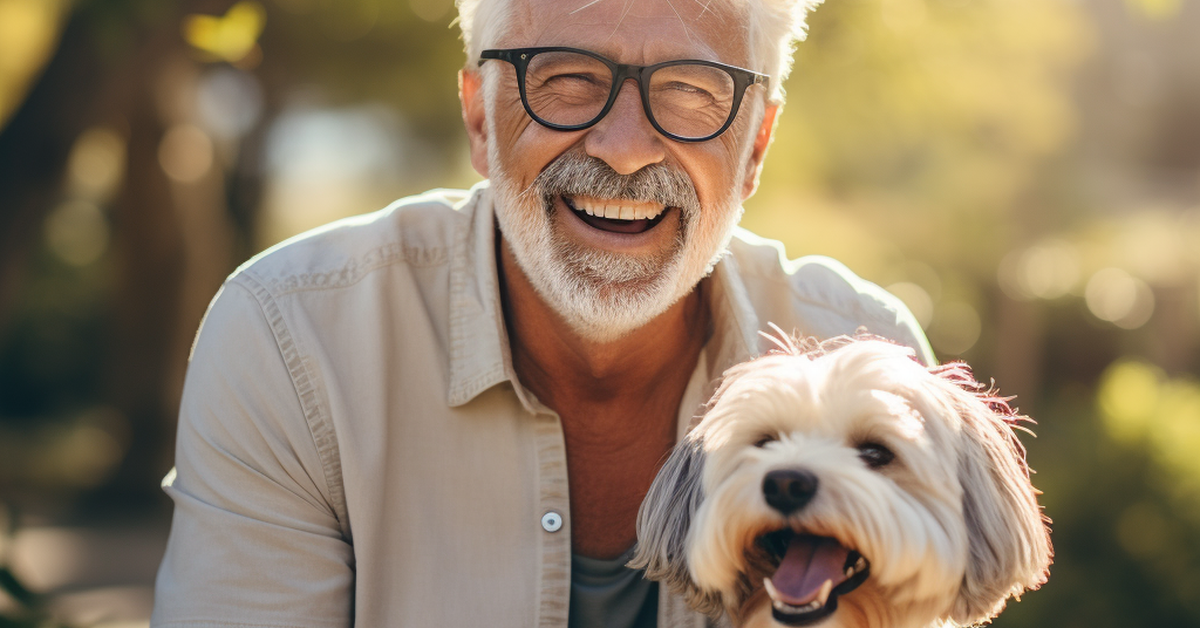
Your senior dog’s golden years are a time to cherish, and that means taking extra care to ensure their health and happiness. Preventative health measures and treatments are vital for their well-being. Let’s delve into what you can do to keep your furry friend thriving.
Vaccinations and Parasite Control
- Keep those shots up to date! Senior dogs still need their vaccinations, but their schedule might change.
- Fleas and ticks? Heartworm? No way! Tailor your parasite prevention to your dog’s needs.
- Vet talks are key. Chat with your vet about which vaccines are right for your senior pal.
Dental Health and its Impact on Overall Wellness
– Bright smiles for senior dogs! Regular dental checkups prevent big issues.
– Brush those canine canines! A daily dental routine keeps doggie breath at bay.
– Gums and teeth tell tales. Watch for signs of dental woes like bad breath and loose teeth.
Early Detection and Management of Chronic Conditions
– A stitch in time saves nine. Common illnesses in seniors can be managed, but early detection is crucial.
– Tests aren’t just for puppies. Regular blood work can spot trouble early.
– Medicine time. Keep an eye on how your dog responds to medications.
Here’s a quick glance at some essential care points for your aging dog:
| Care Aspect | Why It’s Important | What You Can Do |
|---|---|---|
| Vaccinations | Prevents infectious diseases | Update the immunization schedule |
| Parasite Control | Protects against fleas, ticks, and heartworms | Use tailored prevention methods |
| Dental Health | Directly affects overall health | Schedule regular checkups and clean teeth |
| Chronic Condition Management | Early detection can improve quality of life | Regular vet visits for blood work and screenings |
Remember, it’s not just about adding years to their life, but also life to their years. As our dogs age, they might need a bit more care, but that’s just part of the journey we share with them. Every day with a senior dog is a chance to create more memories, and a chance to give back some of the unconditional love they’ve showered on us.
Moving on, another aspect of your dog’s health that often gets overlooked is mental stimulation and cognitive support. Just like us, dogs can experience changes in brain health as they age. Providing them with activities that challenge their mind and keep them engaged is just as important as their physical health. Engage your dog with new tricks, games, or even simple activities that encourage them to think and react. This focus on their mental agility can make a significant difference in their overall quality of life.
Mental Health and Cognitive Care
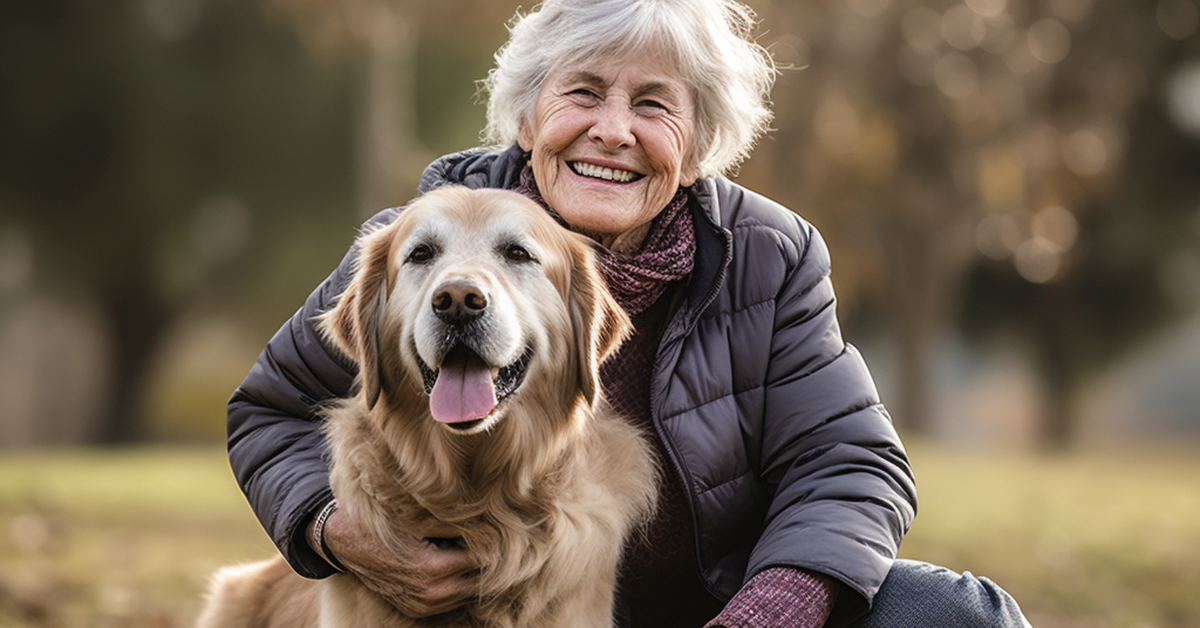
Your furry friend’s golden years are a time for extra love and care. Senior dogs may experience a decline in their mental sharpness. Just like us, they can face challenges like cognitive dysfunction, which is akin to human dementia.
Recognizing Cognitive Decline and Dementia
- Canine cognitive dysfunction might show up as confusion or disorientation.
- Toys and puzzles can keep their minds engaged and sharp.
- Regular brain games play a key role in your dog’s cognitive care.
It’s vital to spot the signs early. You might notice your pup seems lost in familiar places or doesn’t respond to their name like before. These could be symptoms indicating cognitive issues.
Emotional Support and Comfort Measures
- Senior dogs often need extra reassurance and a stable environment.
- Consistent schedules help them feel secure.
- Special calming products can ease their stress.
Anxiety can become a significant issue as your dog ages. They may seem more nervous or clingy. Maintaining a daily routine provides them with a sense of safety, and there are a variety of calming aids available to help soothe their nerves.
Fostering Social Interaction and Engagement
- Keeping your older dog socially active boosts their mood.
- Modify playtime to suit their aging bodies.
- Gentle companionship from you or other pets can enrich their lives.
Even as your dog slows down, they still crave interaction. Short walks and mild play sessions can keep their spirits up. It’s all about adapting activities to their comfort level.
Here’s a quick rundown of how to support your aging dog:
- Mental stimulation: Keep their brain engaged with puzzles and new tricks.
- Emotional comfort: Maintain a calm and predictable home life.
- Socializing: Encourage interaction with humans and other pets, but keep it gentle.
Remember, your senior pooch needs your patience and understanding more than ever. And as they continue on this journey, it’s about making every moment count, ensuring their twilight years are filled with warmth and gentle care. Soon, we’ll explore even more ways to support our faithful companions as they approach the natural end of life’s spectrum.
End-of-Life Care and Considerations
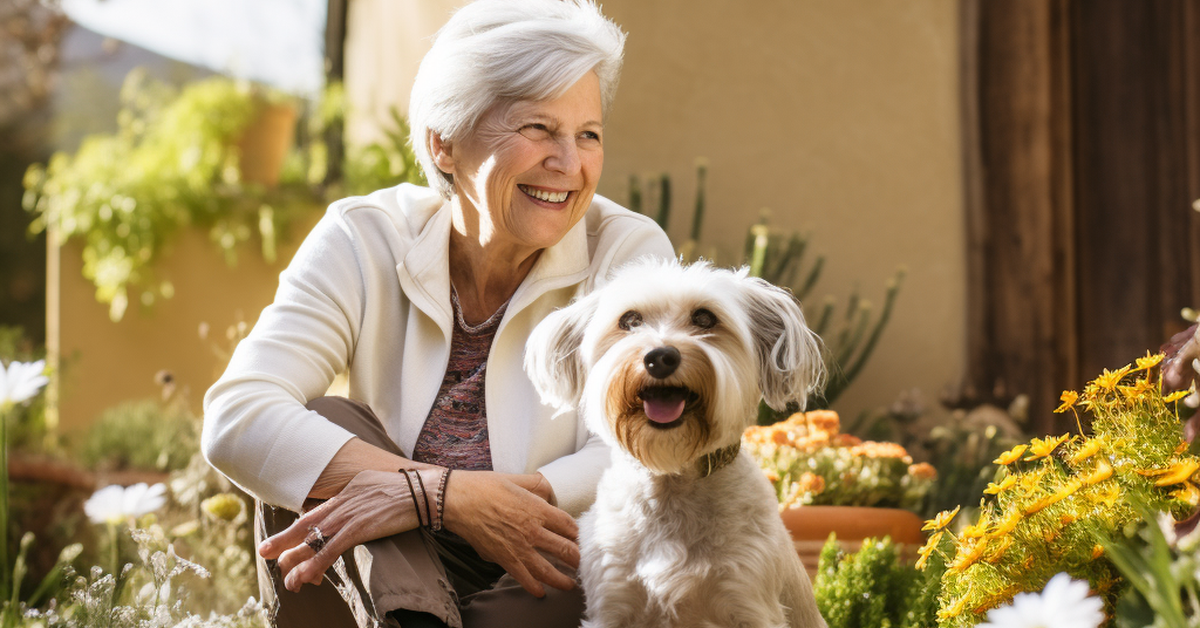
As your dog enters their golden years, end-of-life care becomes a topic that cannot be overlooked. Compassionate care and informed decisions are crucial for the well-being of your senior dog.
Navigating Difficult Decisions with Compassion
- Quality of life assessments help gauge your dog’s happiness and comfort levels.
- Palliative care options can ease your pet’s final days, ensuring they are pain-free.
- Preparing for euthanasia is an act of love, though heart-wrenching.
Coping with Grief and Loss
Losing a pet is never easy. Here’s how you can cope:
– Lean on support systems like family, friends, or pet loss support groups.
– Find personal coping mechanisms such as creating a memorial.
– Grief counseling can offer solace and understanding through this tough time.
Planning for Your Dog’s Legacy
Here are some ways to keep your dog’s memory alive:
– Choose aftercare services that resonate with your wishes.
– Have a plan for your dog’s legacy to avoid making tough decisions during a time of grief.
– Honor their memory in special ways that celebrate their life.
When considering end-of-life care, one must also consider the many moments that led to this point. It’s a celebration of a life well-lived and the unconditional love shared between you and your senior dog. This guide will help you navigate these waters, ensuring your pet’s final days are filled with dignity and love.
As we reflect on these tender moments, we are reminded of the continuous cycle of life and the importance of cherishing every second we have with our beloved companions. It’s these memories that will guide us gently towards the next chapter, as we hold dear the time spent with our faithful friends.
Conclusion: Celebrating the Journey Together
As we draw close to the end of our guide on senior dog health and wellness, it’s time to pause and cherish the moments that have painted our lives with endless love. Living the yappy life means your furry companion has been by your side through thick and thin, offering a wagging tail on the gloomiest days. Here at Yappy Life, we understand the bond you share with your dog—it’s a special one. We’ve walked the path with you, offering our know-how on keeping your senior pup spry and joyful. It’s not just about the years in their life but the life in their years.
Key Takeaway
The steps we’ve shared in caring for your aging dog aren’t just guidelines; they’re stepping stones to enriching your loyal friend’s golden years. Embrace the insights, and use them as a beacon to guide you through the tail-wags and twilight barks of senior dog care. Your love and commitment are what make these years a treasure for both you and your dog.
We urge you to keep learning, for every day is an opportunity to make your dog’s life better. Your experiences are valuable, and we encourage you to connect with others in the Yappy Life community. Share your stories, exchange tips, and support each other. Remember, when you choose items from our affiliate site for your dog, you’re not just buying products—you’re investing in moments that turn into memories. Reach out to us anytime; our email is just a click away, and our phone line is a call away. Let’s keep the conversation going, for the journey we share with our dogs is one of the most beautiful parts of the yappy life.
Frequently Asked Questions about Comprehensive Guide to Senior Dog Health and Wellness
What age is considered senior for dogs?
Seniority in dogs can vary with size and breed, but generally, dogs are considered seniors once they reach 7 years of age. Larger breeds may reach senior status earlier, around 5 or 6 years, while smaller breeds may not be considered senior until they are 8 to 10 years old.
What are common health issues in senior dogs?
Common health issues in senior dogs include arthritis, dental disease, vision and hearing loss, kidney disease, heart disease, liver disease, diabetes, cognitive dysfunction syndrome, and cancer. It’s important to monitor for signs and symptoms and consult with a veterinarian for proper care.
How often should a senior dog visit the vet?
Senior dogs should visit the vet at least once a year for a thorough check-up. Depending on their health status, more frequent visits every 6 months may be recommended to closely monitor any developing health issues.
What dietary changes are necessary for a senior dog?
Senior dogs may require diets lower in calories but higher in fiber and protein to maintain their health and manage their weight. They may also need specific nutrients, such as omega-3 fatty acids for joint health and antioxidants for cognitive support. Consult with a vet for personalized dietary recommendations.
How can I help my senior dog stay active and healthy?
To help your senior dog stay active and healthy, provide regular, gentle exercise tailored to their abilities, maintain a healthy weight through proper diet, offer mental stimulation with interactive toys or training, and ensure they have a comfortable place to rest.
What are the signs of cognitive dysfunction in senior dogs, and how is it managed?
Signs of cognitive dysfunction in senior dogs can include disorientation, changes in sleep patterns, house soiling, reduced interaction with humans or other pets, and changes in activity levels. Management may include environmental enrichment, dietary supplements, medication prescribed by a vet, and maintaining a routine.
How can I make my home more comfortable for my aging dog?
Making your home more comfortable for an aging dog can include providing orthopedic beds to support their joints, using ramps or stairs to help them access furniture or vehicles, ensuring floors are non-slip, and keeping essential items like food, water, and beds on one accessible level.
Can senior dogs still be trained or learn new things?
Yes, senior dogs can still be trained and learn new things. Training can provide mental stimulation and help manage behavioral changes associated with aging. It’s important to use positive reinforcement and adapt training sessions to their physical and cognitive abilities.
What should I do to prepare for end-of-life care for my senior dog?
Preparing for end-of-life care for your senior dog involves discussing with your vet about palliative care options, understanding the signs of decreased quality of life, considering hospice care at home if appropriate, and making decisions about euthanasia and aftercare in advance.
Are there supplements that can help support the health of senior dogs?
There are supplements that can support the health of senior dogs, including glucosamine and chondroitin for joint health, omega-3 fatty acids for skin, coat, and cognitive function, probiotics for digestive health, and antioxidants for overall vitality. Always consult with your vet before adding any supplements to your dog’s diet.

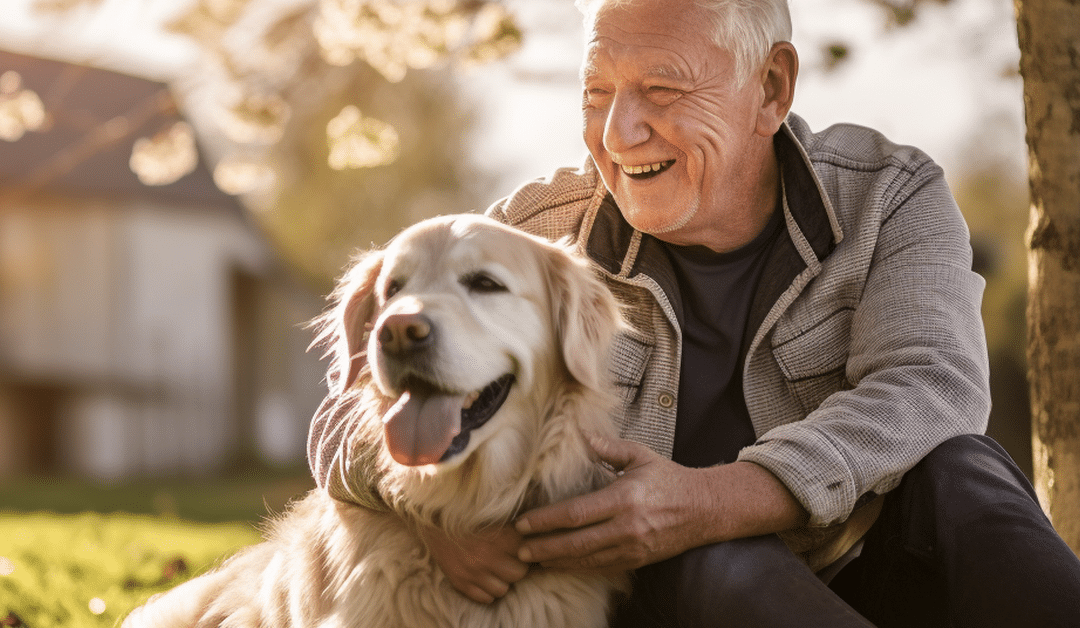
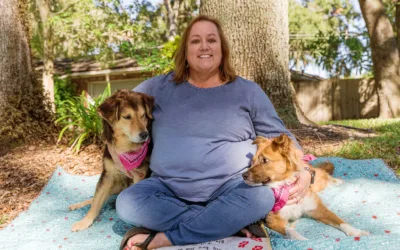
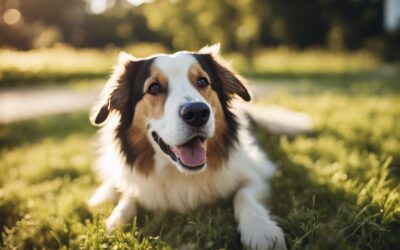
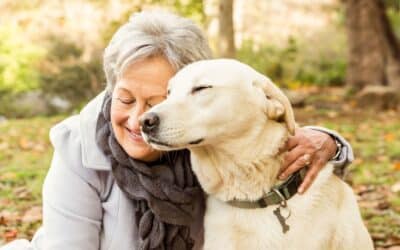
Recent Comments